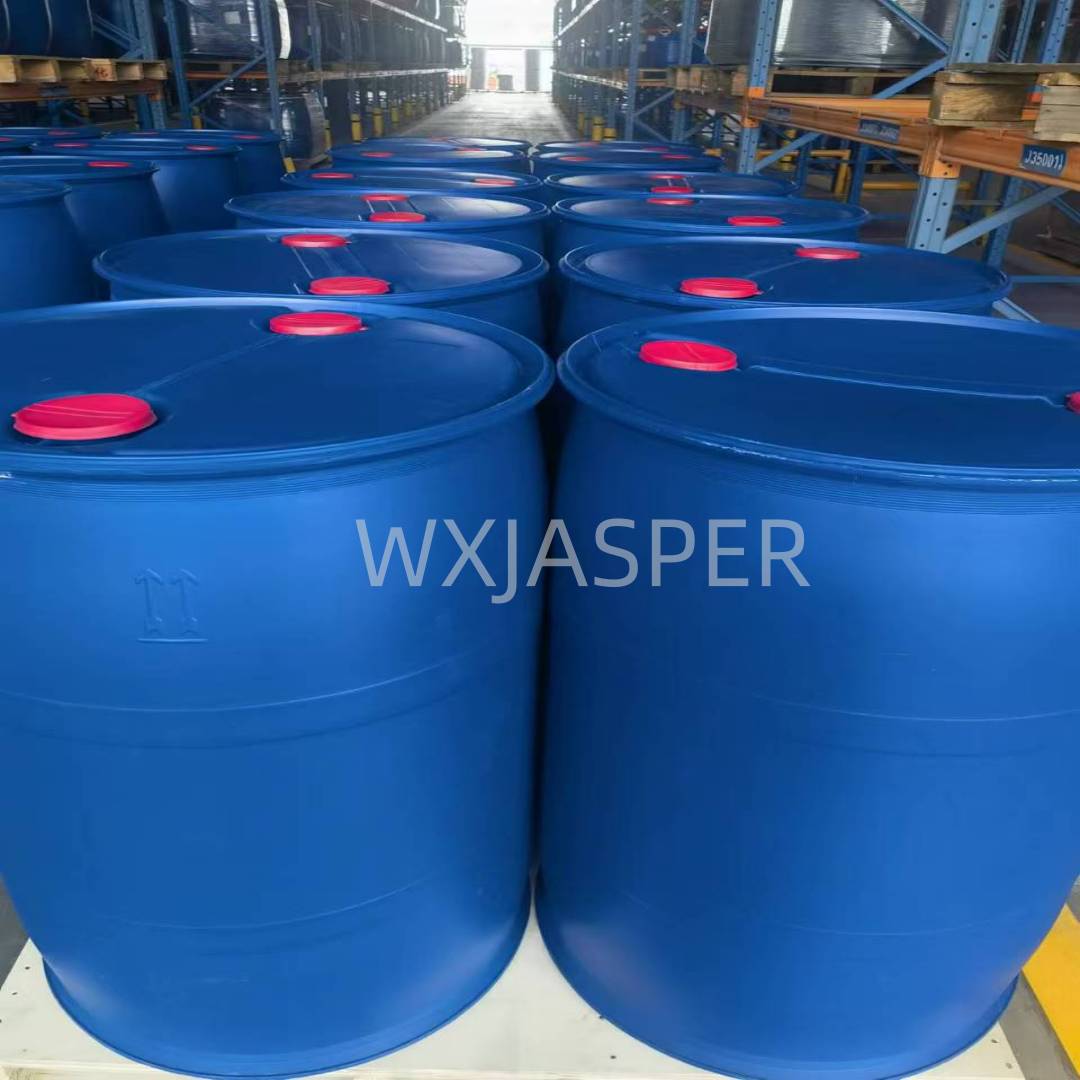Your Location:Home > Products > Solvents > Lauryl glucoside



CasNo: 110615-47-9
MF: C18H36O6
Appearance: liquid
Delivery Time: 15 days
Packing: 220kg/drum
Purity: 99%
Basic Information
|
Model NO. |
110615-47-9 |
Appearance |
Liquid |
|
Color |
Colorless |
Purity |
99% |
|
Grade Standard |
Industrial Grade |
Specification |
220kg/drum |
|
Transport Package |
Drum |
Origin |
China |
Product Description
Product Name:APG1214
CAS No: 110615-47-9
Form: Liquid
Product Application
Personal Care Products: It is widely used in shampoo, shower gel, facial cleanser and other products. It can be used alone or compounded with other glucosides to enhance foam and skin - conditioning properties. It can help clean hair without stripping hair, and is very suitable for sensitive skin care products. Generally, 10% - 20% lauryl glucoside can be used in facial cleansers, 15% - 30% in shampoos and body washes, and the maximum usage in any product is 40%.
Organic Synthesis: It can react with maleic anhydride and then be sulfonated with sodium sulfite to synthesize AG - SS, serving as a raw material for organic synthesis.
Cement Industry: It can be used as a cement air - entraining agent to accelerate the hydration reaction, make the small air holes in the cement paste evenly distributed, and greatly improve the compressive strength of the cement paste.
Packaging
220Kg/Drum
Storage
It should be stored in a cool, ventilated and dry warehouse, away from fire sources and heat sources, and avoid direct sunlight and humid environment. It is recommended to store it in a sealed, dark, dry and cool place.